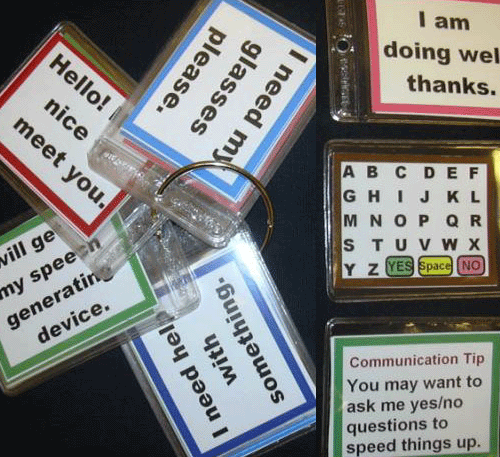Patrick Jackson
Change in Communication Tone Due to Change in Audience
Abstract:Four different topics will be discussed. The first two topics involve one on one communication with feedback and without feedback. The last two topics involve one to many communication with feedback and without feedback. This discussion will conclude with a chart.
In communication, there are many aspects to study and understand. The idea that we have “theories” of communication is very interesting to me. Little John’s definition of a theory is as follows: “The theories or organized knowledge of a field, developed by generations of previous scholars, provide a starting point for understanding that field.” To me, this means ideas build from one generation to the next.
I want to discuss the way people communicate with each other and how that communication changes depending on the speaker and the audience. The two main areas I plan to cover are communication between two people and communication between many people. People communicate differently depending on what is being said, and to whom it is being spoken.
One on One Communication:
One on one communication is the first of the “flavors” of communication I will discuss. I define one on one as any communication that is not intended to be consumed by an audience. On occasion, we do hear as an audience, one on one communication and it is beautiful work that we may never have known.
I will discuss communication with and without feedback. Let us talk about communication with feedback for now. Almost always, one on one communication with feedback takes the form of conversation. “One of the issues with human communication lies with the process of getting information from sender to receiver (Lyon, 2011).” In a conversation, information transfer is very easy because it is one on one and because the sender receives feedback from the receiver. Also, there are extra cues available in a conversation, such as body language, that help convey information faster. Body language is not a requirement for a conversation (i.e. telephone calls), but it helps.
When speaking to only one other person, I believe information is transferred faster. This is due to a more personalized message that transfers more information faster. For example, if you were talking to many people, you might say, “they” when referring to teachers, so as not to single out any one teacher. In one on one communication, however, you feel at ease and refer to one individual.
One on one communication without feedback is a more difficult idea, and therefore, a more difficult explanation. Imagine you needed to pass information to someone but could get no feedback. You would have to imagine issues that might arise, while the second person reads the information. Therefore, you must give more content than in a feedback conversation. Some examples of no feedback one on one information transfers are: notes, personal maps, diaries, and personal memos. A very good, no feedback message should still make the reader feel as if they are being spoken to directly. In the diary of Anne Frank, she writes as if no one will ever read what she has written. Yet, anyone who reads the book comes away with the feeling that she wrote her diary with them in mind. It takes very good writing for her to convey such a beautiful message over so much time. In general, I theorize that it takes twice as much information to convey a message with no feedback versus one that does utilize feedback.
One to Many Communication:
In one to many communication, I will discuss the same two points as before (with feedback and without feedback), but with the understanding that we have a speaker and an audience. With the use of technology we can send our information to more people than ever before, and in more and more cases, feedback is becoming a major part of the way we communicate through technology.
Regarding one to many communication with feedback, consider the example of a manager speaking to his employees. After all, “a boss speaking to his employees is very close to speaking to an audience (McGlothlin, 2011).” When a manager states an issue in the work place, his/her employees respond with feedback to correct the issue. Audiences that give feedback may need less information from the speaker because he or she can tie up loose ends after receiving feedback from an audience. A boss may ask his employees, “Does that red light on the equipment mean we have a problem.” He may receive the response, “No, that equipment is working correctly,” or “Yes, it is broken.” Without feedback, he would also have to state a solution along with the original problem statement. Feedback means faster message transfer.
Without modern technology, one to many communication without feedback would be very difficult. A great example of this is broadcast news. Because there is no feedback and the audience is so large, they must give much more information to transfer the message. Some people have great vision and can transfer their idea to others quickly. An example of this was Steve Jobs who was quoted by Peters saying, “Effective visions are inspiring.” Jobs almost always worked on projects in secret, meaning he received little or no public feedback. Yet, he could understand what people wanted and delivered. Creating a great message in one to many communication with little or no feedback mean that you must understand your audience very well, or give lots of extra information.
Conclusions:
Feedback
| |||
| Audience | With | Without | |
| Many | Example: boss to workers | Example: broadcast news | |
| One | Example: conversation | Example: diary | |































